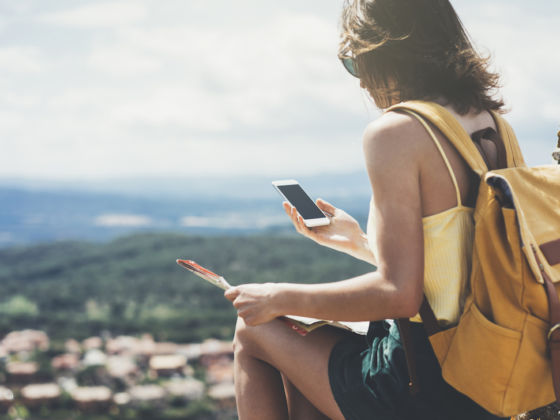Some will tell you smartphones are ruining the world.
They’ll say they’ve created a generation of people too lost in their screens to experience human interaction, too obsessed with being somewhere else to ever feel like they’re anywhere.
Then there are those who’ll tell you they’ve made the world better. Allowing us to find our way, speak new languages, and settle debates over who won the 1987 AL batting title in a matter of seconds.
